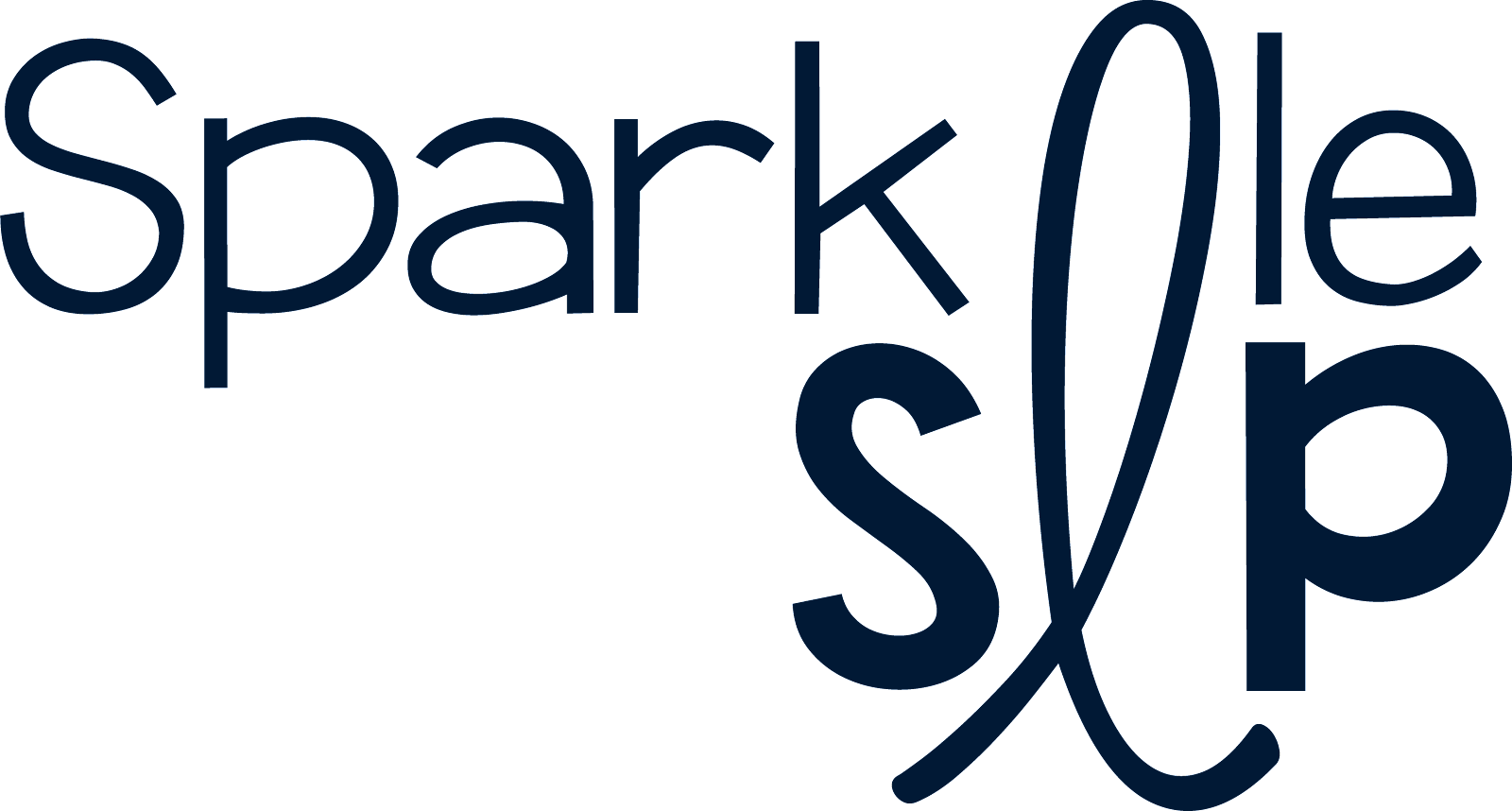Summer break has arrived and although I plan to turn off my SLP brain and relax for a good portion of my summer, therapy finds seem to always catch my attention, even on vacation! All of my children have enjoyed 'I spy' type books. We have acquired a collection, so while I was once again cleaning out a bookshelf, I found myself tempted to pull these unique books for my therapy room rather than find a place for them back on the shelf. This is a habit of mine and my children will often inquire about their missing items or even ask when a new item is bought if it is indeed for my therapy room. Hmmm. Maybe? Caught once again!
So today, I am blogging about using I spy type books during a therapy session. First, here are a few from my collection. Disney addicts like us would obviously have an assortment of princess and movie-themed books. I also have a collection of Highlights magazines (no affiliation) which are always a place for hidden picture scenes for more spying fun!

This Usborne The Great Castle Search book (no affiliation) was given to my son by his grandmother after she visited the British Isles years ago. The vocabulary in this book is rich with historical references and could be of high interest for many students.
Now let's discuss some SPEECH THERAPY IDEAS for using I spy/look & find/hidden picture type books with your students.
- Incorporate these books into your themed-therapy planning coordinating with the book topic/theme (e.g. beach, castle, monsters). The images will provide visual supports to enhance the vocabulary development of the target thematic vocabulary.
- Use for increasing utterance length. Use carrier phrases (like these) to aid expansion of sentences as your students search and find items.
- Use for asking and answering questions. Do you see? Can you find? Where is ...? What can you do with?
- These are perfect for defining and describing items using category, function, and attributes. You can also practice associations. What goes with ...?
- Try targeting compare and contrast. Choose two images and discuss similarities and differences.
- Usually the text in the book contains a short story on each page, making these great for listening comprehension and recall.
- You can students search and find for target articulation sounds. Give the student a target speech sound and have him find and say the items to practice articulation targets.
- Additionally, have students create their own list of items for peers to find. Give the student category, defining feature, or speech sound constraints when creating. This is great for expanding expressive language and vocabulary.
You can even incorporate technology by using a search and find app, such as Highlights Hidden Pictures App (no affiliation) or allowing students to use a camera to take a close-up picture of their discovery within the books.
What other ways would you incorporate these types of books in your therapy?




.png)

